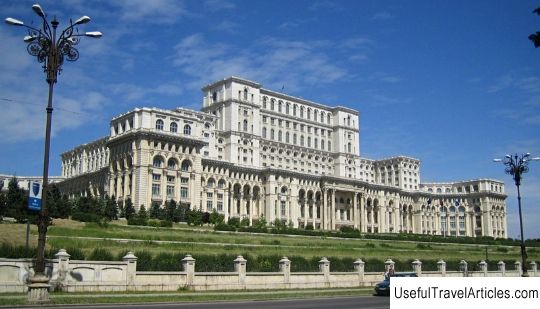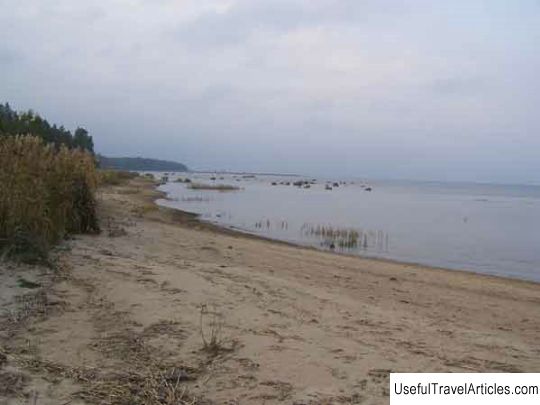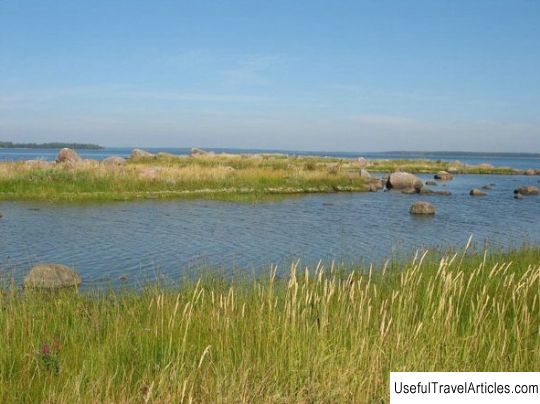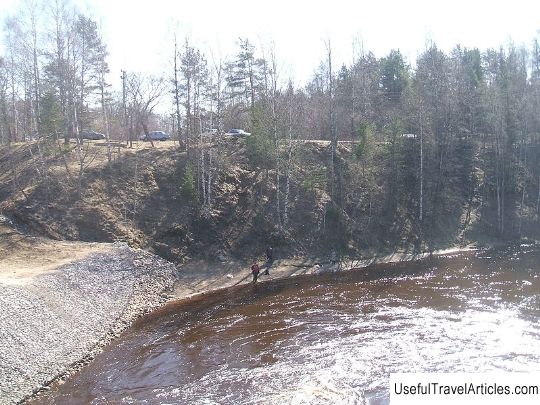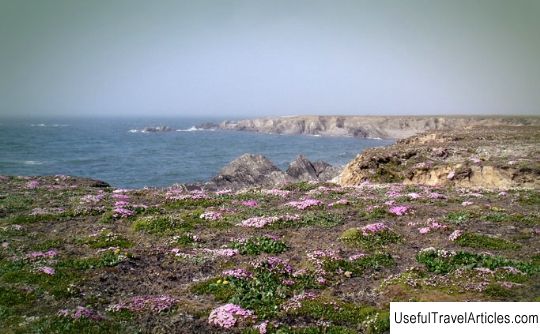Nature reserve ”Kurgalsky” description and photo - Russia - Leningrad region: Kingiseppsky district
Rating: 8,1/10 (790 votes) 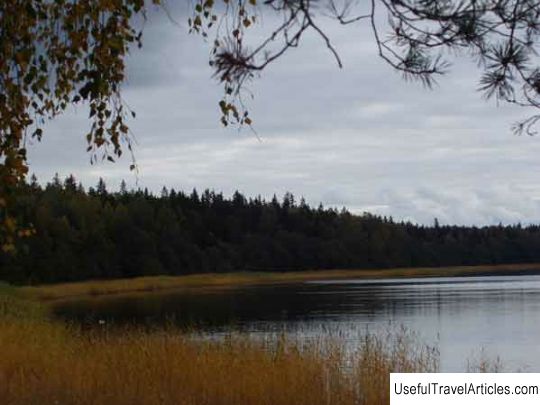
Nature reserve "Kurgalsky" description and photos - Russia - Leningrad region: Kingiseppsky district. Detailed information about the attraction. Description, photos and a map showing the nearest significant objects. Photo and descriptionThe Kurgalsky State Complex Nature Reserve was established in 2000. Its territory is a wetland, which is included in the list of wetlands of the Russian Federation of international importance as a habitat for waterfowl. The Kurgalsky nature reserve was created to preserve the standards of natural complexes of coastal landscapes on the southern coast of the Gulf of Finland, to protect natural and long-term-derived forests of the southern, middle and subtaiga types, to protect rare species of fauna and flora, to preserve shallow waters of the bay, which are a place for spawning of commercial fish, protection of migratory camps and nesting sites for near-water and waterfowl, ringed seal and gray seal roosts. The territory of the reserve has a high recreational potential, promising for ecological tourism, excursions, family recreation, photo hunting and amateur fishing. On the territory of the Kurgalsky reserve there are two large lakes: White and Lipovskoye, which is connected by a channel with the Gulf of Finland. The lakes are fragments of the ancient valley of Narva, which existed since the beginning of the post-glacial period. The main area of the peninsula is occupied by forests, which are characteristic of the southern taiga subzone. There are many oaks, maple, linden, elm, ash, and viburnum, hazel, and honeysuckle are common for the undergrowth. On the seaside terrace there are black alder swamps, boggy birch and aspen forests. Here are widespread spruce-pine forests with an admixture of maple, linden, oak, with the rank of spring, liverwort, lungwort in the grass layer and green moss pine forests. The adjoining islands of the Kurgalsky reef consist of stone ridges with washed-out pebble and sandy spits, around which areas of reed are scattered. On the sandy spits there are clumps of tricolor violets, thickets of sandy hairs, plants typical for seaside beaches and littoral areas are also common: Baltic rut, sandwort gonkenia, Ruprecht's fescue, sand fescue. Of the rare species, there are common armeria, Swedish turf, nodule beetle, wild garlic, tall fescue, Dortmann's lobelia, marsh fescue, pebble sedge, etc. The fauna of the reserve is very diverse. Among the invertebrates, the European pearl mussel lives here, preserved in small numbers in the Rosson River. Among amphibians, there are sharp-faced, grass and lake frogs, gray toad, comb and common newts, and from reptiles - viper, viviparous lizard, and spindle. 208 bird species are registered in the reserve, of which more than 30 are rare. The mute swan, gray goose, scooper, shelled, dunlin, turnstones, oystercatcher, gazelle, white-tailed eagle, osprey, river cricket nest here. On the islands there are colonies of gulls and other near-water birds. The coastal water area plays an important role for rest and feeding of migratory waterfowl. 40 species of mammals live here. The gray seal and the ringed seal deserve special mention. Their rookeries are located on the rocks of the Kurgalsky reef. There are brown bear, garden dormouse, roe deer. In 1975 sika and red deer were brought here. Specially protected objects on the territory of the reserve include coastal shallow-water complexes, areas of broad-leaved forest, coastal natural complexes, the littoral zone, nesting colonies of near-water birds and waterfowl, rare plant species: wild garlic, pebble sedge, high fescue, lobelia Dortmann, marsh gorse, one-flowered coastal grass, swedish dogwood, nodule-bearing bison, lacustrine grass, seaside and beautiful centaury, common armeria, baltic rut; rare species of animals: sheath, mute swan, gray goose, white-tailed eagle, scooper, river cricket, osprey, gray seal, Baltic seal. On the territory of the Kurgalsky reserve it is forbidden to treat forests with pesticides, water areas of lakes and rivers, the Gulf of Finland; it is prohibited to harvest and collect berries, mushrooms, fruits, medicinal raw materials, seeds, for industrial and commercial purposes; it is impossible to carry out reclamation activities; arrange bivouacs, make fires outside the designated areas; graze cattle on the lands of the State Forest Fund; parking lots, landfills, pollution of rivers and lakes, territories, industrial fishing, etc. are prohibited.      We also recommend reading The Castle of Kavala description and photos - Greece: Kavala Topic: Nature reserve ”Kurgalsky” description and photo - Russia - Leningrad region: Kingiseppsky district. |
